Dubai Match Confirms India vs Pakistan Is No Longer Crickets El Clásico

Once hailed as the greatest rivalry in world cricket, the India-Pakistan clash has now been reduced to a one-sided affair, showcasing India's bench strength and the prowess of their world-class stars. The recent encounter in Dubai during the Champions Trophy was a stark reminder of how the gap between the two teams has widened, effectively killing off what was once a thrilling contest. The match left fans hoarse, not from cheering, but from repeatedly stating the obvious: India vs Pakistan is no longer a rivalry—it’s a no-contest.
A quick glance at the highlights from the game on February 23 reveals the chasm between the two sides. India’s dominance was evident, and this wasn’t an isolated incident. Over the past decade, India has consistently outperformed Pakistan in ICC tournaments, with Pakistan managing only two notable victories: the 2017 Champions Trophy final and the 2021 T20 World Cup. Beyond these, India has had the upper hand, underscoring the growing disparity between the two cricketing nations.
A Stark Contrast in Approaches
The match in Dubai exemplified the contrasting mindsets of the two teams. Pakistan, after reaching 100 for the loss of two wickets, adopted a cautious approach, seemingly more concerned with avoiding embarrassment than chasing victory. Mohammad Rizwan and Saud Shakeel built a decent partnership, but their lack of intent was glaring. They aimed for a safe total, settling for 260, a score that was never going to challenge India’s formidable batting lineup.
In contrast, India’s approach was fearless and dominant. Even with the game well in hand, Indian batsmen like Shreyas Iyer and Hardik Pandya continued to play aggressive strokes, showcasing their intent to dominate rather than merely win. Iyer’s dismissal while playing an attacking shot and Pandya’s confident hits off Shaheen Shah Afridi highlighted the difference in mentality. India was having fun, almost toying with Pakistan—a far cry from the intense, nail-biting contests of the past.
The IPL Effect and India’s Bench Strength
One of the key factors behind India’s dominance is the Indian Premier League (IPL). Since its inception in 2008, the IPL has revolutionized Indian cricket, providing a platform for young talent to hone their skills against the best in the world. By 2013-14, the effects of the IPL became evident, and the gap between India and Pakistan began to widen. Today, India’s bench strength is unparalleled, with players like Yashasvi Jaiswal, Ishan Kishan, Ruturaj Gaikwad, and Tilak Varma waiting in the wings, unable to break into the ODI squad due to the sheer depth of talent.
Pakistan, on the other hand, lacks such depth. Their reliance on the same core group of players—Babar Azam, Mohammad Rizwan, Shaheen Afridi, and Haris Rauf—highlights their limited resources. While these players are talented, they lack the support system and exposure that their Indian counterparts enjoy. The result is a team that struggles to compete at the highest level, especially in high-pressure tournaments like the T20 World Cup or the ODI World Cup.
Kohli’s Comfort Zone and India’s Bowling Prowess
Virat Kohli’s resurgence against Pakistan has become a recurring theme. Whenever he’s out of form, a match against Pakistan seems to reignite his spark. In Dubai, Kohli’s century was a masterclass in controlled aggression, aided by the solid performances of Shreyas Iyer and Shubman Gill. Kohli’s ability to handle Pakistan’s spinners, particularly Abrar Ahmed, was a standout feature of his innings, signaling his readiness for the challenges ahead in the tournament.
India’s bowlers also deserve credit for restricting Pakistan to a below-par total of 241. Kuldeep Yadav’s three-wicket haul and Hardik Pandya’s crucial breakthroughs, including the dismissal of Babar Azam, were instrumental in turning the game in India’s favor. The notion that India lacks wicket-taking bowlers in the middle overs was dispelled, as the team showcased its all-round strength.
The End of an Era
The India-Pakistan rivalry, once a spectacle that captivated fans worldwide, has lost its charm. The matches are no longer about fierce competition but about India’s dominance and Pakistan’s struggle to keep up. While India continues to evolve, bolstered by the IPL and a robust domestic structure, Pakistan has stagnated and is unable to bridge the gap.
For cricket fans, this is a bittersweet reality. The thrill of an evenly contested India-Pakistan match is a thing of the past. What remains is a reminder of how far India has come and how much Pakistan needs to do to reclaim its place as a cricketing powerhouse. As India marches confidently into the semi-finals, the Dubai drubbing serves as a testament to their status as the team to beat in world cricket. The final on March 9 in Dubai might just be another chapter in India’s dominant run—a far cry from the days when an India-Pakistan clash was cricket’s El Clasico.
Also Read: Did Rachin Ravindra Just Surpass Kohli and Tendulkar with CT 2025 Ton?
Disclaimer
Possible11 is a sports news platform that provides live scores, player statistics, and tournament updates for informational and educational purposes only. We comply with the Online Gaming Bill, 2025 (India) and do not promote or engage with fantasy sports, betting, or real-money gaming platforms. All content is intended solely to enhance the sports experience. Possible11 is not affiliated with any fantasy or gambling applications and is not responsible for any financial gains or losses incurred on external platforms.


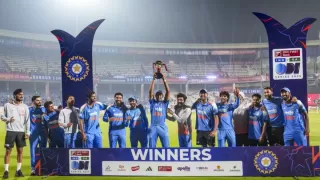
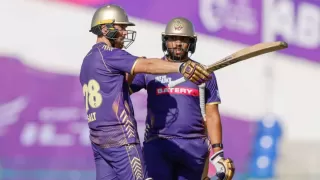

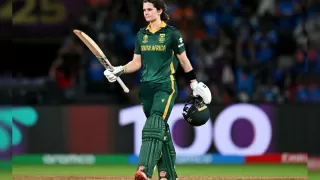

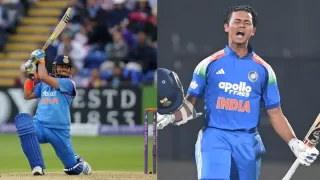
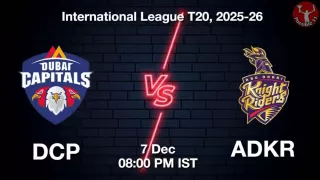
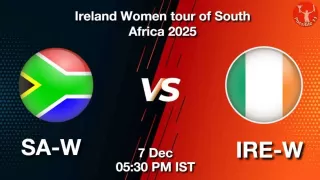
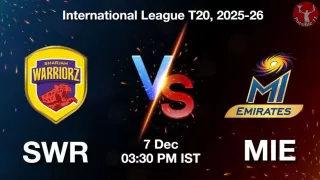
Give Your Feedback